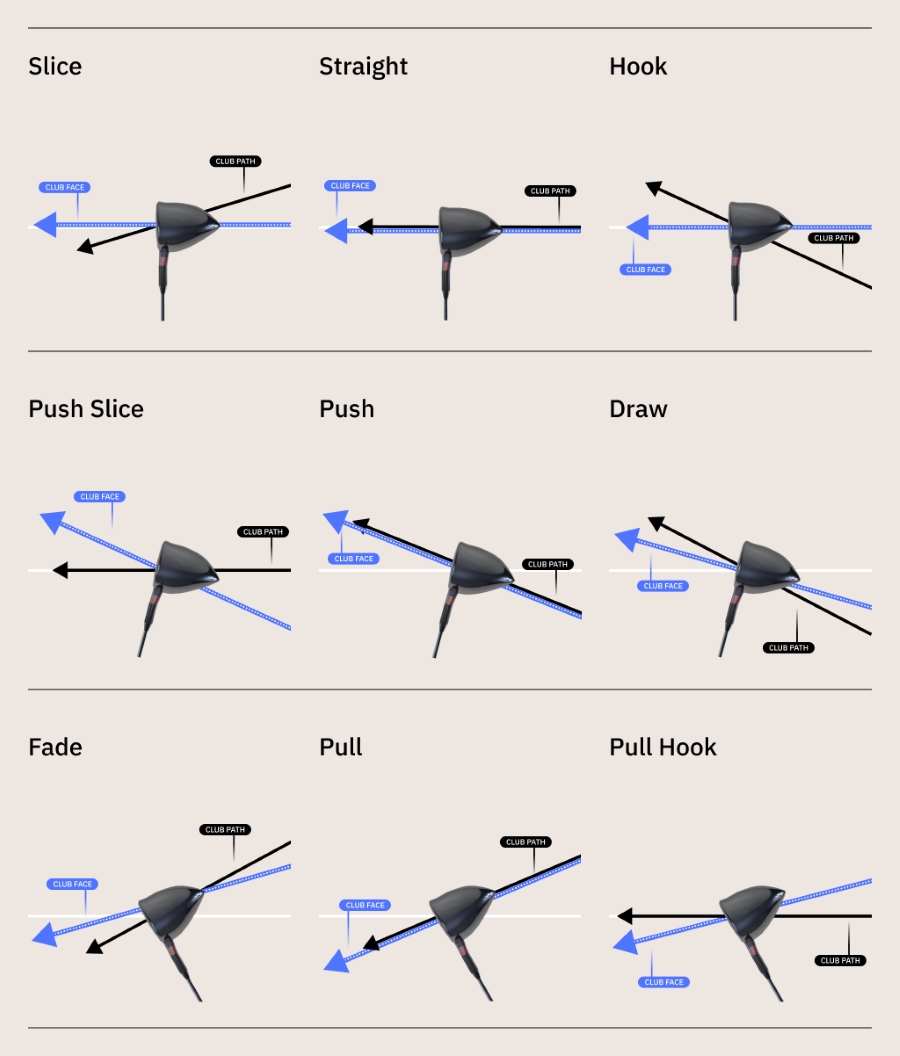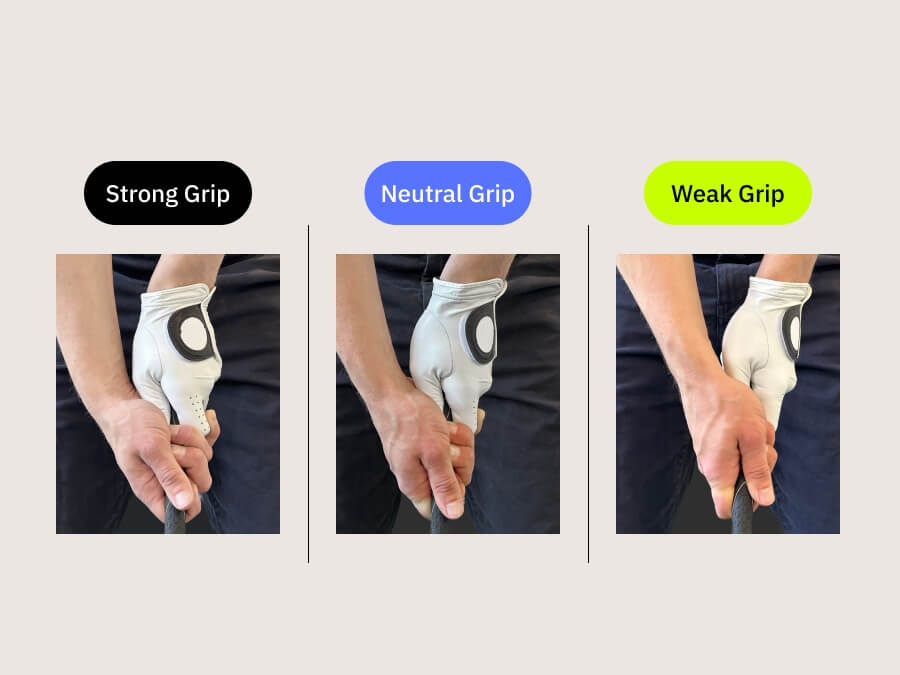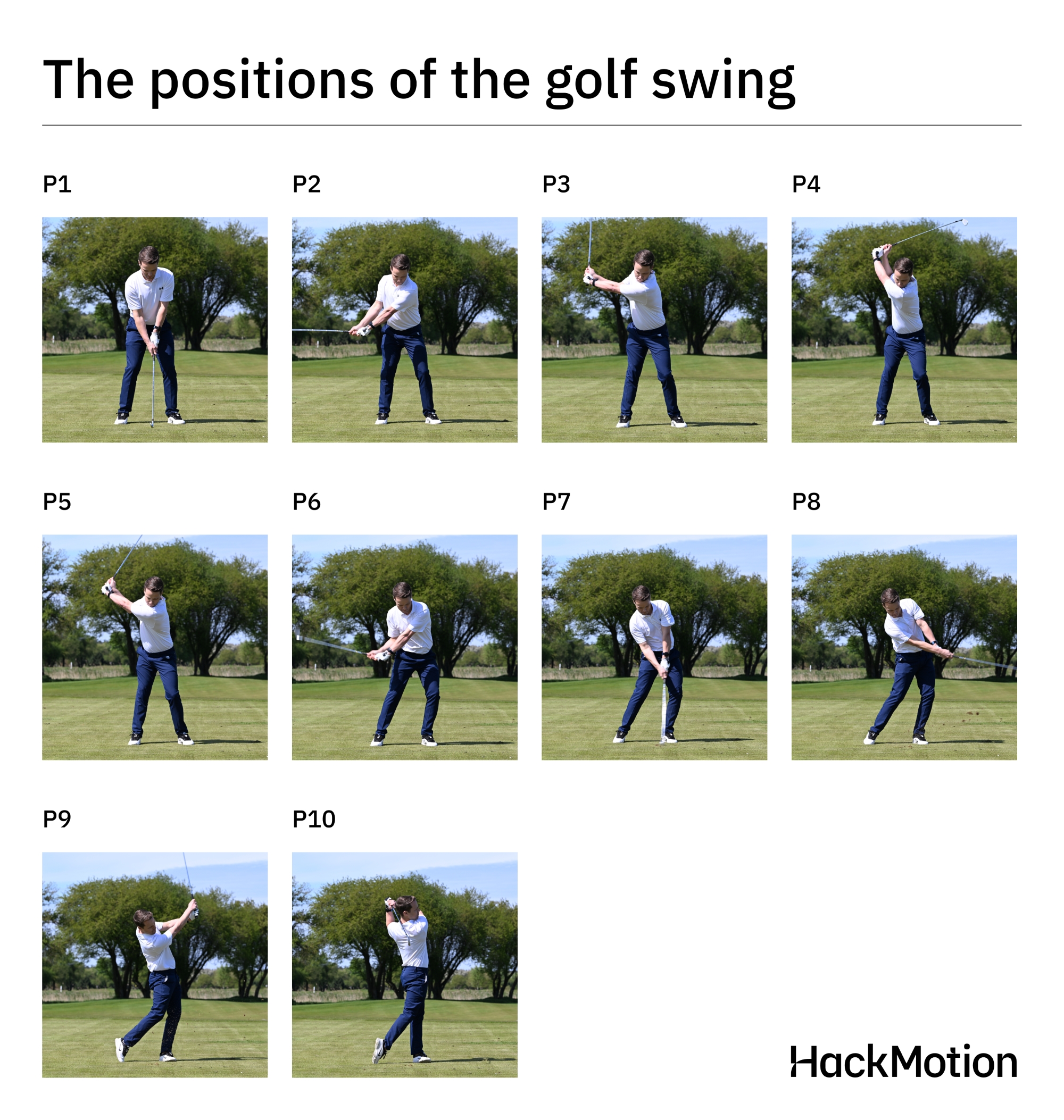Tension in Your Golf Swing & Why it Needs to Go
Low handicappers, high handicappers, and everyone in between can feel the negative effects of tension in a golf swing.
The tension never stays consistent; you won’t always know what it’s coming, and it can change your game in a variety of ways.
The bottom line, it needs to go.
If you are like me and want to eliminate or at least control some of the tension in your golf swing, I’ve got some great drills, tips, and tricks to help you in this process.
Contents
Tension in Your Golf Swing – What You Should Know
Tension in the golf swing is essentially pressure. This pressure can be in the hands and arms, and it can even run into the back and the shoulders.
Tension can happen to golfers of all abilities, and the results are typically inconsistency, poor tempo, and lack of performance on the golf course.

How to Get Rid of Tension in Golf
One great way to reduce the number of strokes you take in a round of golf is to release some of the tension you have.
I like to start by looking for a source. If you aren’t sure where the tension is originating, it’s time to find that source and start there.
Once you have the source narrowed down, it’s time to work on some drills and swing thoughts to help reduce the amount of tension you have in your game.
At first, the process feels a little impossible. Tension can be a tough hurdle to get through.

How Can I Tell if I Have Too Much Tension?
There are visible signs and invisible signs of golf swing tension.
Complicating things even more, while a wide spray of shots tends to be due to a poor swing, it’s not always the case.
When it comes and goes, especially at critical times in a round, tension is often the cause.
Teeth
The most common thing you’ll see identifying tension in the golf swing – and it has nothing to do with your swing, it is gritted teeth.
You tense up when you grit your teeth, almost as if bracing for this big, major collision with the ball.
Instead, you should feel relaxed and be breathing easily.
Hands and Wrists
What color are your knuckles when you’re holding on for dear life? White.
What color are your knuckles when you’re holding the golf club too tight? White.
It’s the same scenario as with your teeth. When you’re holding on too tightly, you’re bracing for something.
You need a balance where your grip is secure but loose enough that you feel feedback from your contact on each shot.
Wrist motion also plays into this; too much tension can restrict the wrists from doing what they are supposed to do.
Inconsistent Contact
Chunks, tops, shanks, snaps—they’re all signs of too much tension.
Now that’s not to say tension’s always the cause, but it can be a contributing factor.
The best way to tell if it’s your skills or tension alone, though, is identifying when it comes in your round.
If it’s at a critical time—an important shot, an approach after your best drive of the day, even a short putt for your career low. That could be tension.

What Does a Tension-Free Golf Swing Look Like?
A relaxed golf swing is one without tension.
When your body moves fluidly, with a slow backswing that transitions into a smooth downswing on the same path, you have a tension free swing.
Tension free swings are those that look effortless and natural and that you could swing even harder if you wanted.
One thing I have always noticed about golfers with tension free swings is how fast their swing speed can be, even though it doesn’t look like it.
Golfers really are able to go after the ball, but it looks like they have a slow swing speed, and that is partly due to less tension.
If you control your weight transfer and finish as balanced as you started, it’s a good indication tension is not an issue with your swing.

Drills to Reduce Tension in Your Golf Game
These drills won’t solve every tension problem you have, but they’ll definitely help.
Holding a Tee in Your Teeth
So, you identified you need to reduce tension in golf swing because you grit your teeth.
But how do you solve it?
The next time you’re on the range, hold a tee between your teeth.
It’ll prevent you from biting down and tensing up as you swing.
This will train you to loosen the jaw, stop gritting your teeth, and relax over the ball.
Just make sure it’s a wooden tee. Anything too hard and you might break a tooth.
Counting
Now, this is as much a timing drill as it is a tension reduction exercise (meaning it’s a double positive for your game).
Begin counting up from one the moment you step over the ball through the time you finish.
While others may finish on a different number, you should always finish with the same number.
If you’re able to accomplish this, it means your swing is consistent and un-rushed. Finishing on a different number shows inconsistencies that need to be cleaned up.
The second part of this exercise is to keep the same speed and intensity with each number you count.
Seems easy right?
Not exactly. Most people with tension in their swing will emphasize the number at impact (one, two, THREE) or speed up counting for their downswing.
Counting steadily is an easy way to reduce tension in a golf swing without thinking or trying too hard.
Learn to Breathe
It’s a simple but effective trick—breathing.
You hold your breath; you’re tense.
Your breathing is relaxed; you have a relaxed golf swing.
Don’t wag the club, and don’t look at your target six times. Take a deep breath right before you swing, and tension disappears.
Change the Swing Thoughts
One of the reasons my swing would always get some extra tension from time to time was because of my swing thoughts.
The more I piled up swing thoughts or started considering the bad areas on the course where I could potentially hit the ball, the worse the tension got.
As soon as I learned to control these thoughts and make them more positive, I noticed less tension.
Confidence was certainly a factor here.
It’s easier t reduce tension and trust your swing when you are confident about your abilities on the golf course.

Reducing Tension While on the Golf Course
We tend to get ourselves into trouble right after a great or dreadful shot.
Learning how to be a golfer that treats a birdie the same way they treat a bogey is very valuable.
You need to have the same exact routine for every single shot you take on the course.
This level of repetition closes the thought door on the previous shot and forces you to move on to the next one, no matter the results of the previous.
We say this, too, because your pre-shot routine is as much about building confidence in your plan.
You won’t have as much tension if you believe in yourself. A prepared golfer is a successful golfer.
Also, make sure you are playing with golf clubs that you trust.
Not only should you get fitted for the correct clubs, but it helps to put yourself into situations where you can use your favorite clubs.
Sometimes on a par 5, it makes sense to layup to a position where you can hit your 8 or 9 iron in instead of hitting half a wedge.
If you have confidence in the full swing with either of those clubs, tension can be reduced.

Can a Relaxed Golf Swing Lead to Lower Scores?
Look at your last 10 scorecards.
Your lowest scores will be the ones with the fewest blowup holes – the one where you only made one double or hit one shot out of bounds.
With a tension free golf swing, you avoid compound mistakes that take you from 4 to 7 in an instant.
Instead of running up 15 yards after a chunk and slapping it again with the same club, take a few seconds, and gather yourself. Treat it like an individual shot rather than an extension of your previous one.
You aren’t going to avoid every bad shot, but keeping a fresh mindset focused on reducing tension means fewer snowmen on the card.
In the end, if you are able to reduce tension, you can certainly lower your scores.
Final Thoughts
Don’t for a second think you are the only golfer with tension in your golf swing.
However, if you want to be a great player, you need to learn to control tension and eventually eliminate it from your golf swing.
Even after becoming a professional, I still struggled with some tension on the first tee box or when I had left myself an 8-footer for bogey.
However, I found that the key to overcoming this tension was to focus on the mental side of the game and to be more confident in my ability.
You know you can play; let the tension go.
What’s the worst that can happen?
Chances are the results of your tension-free swing will be better than your tension-filled swing!















